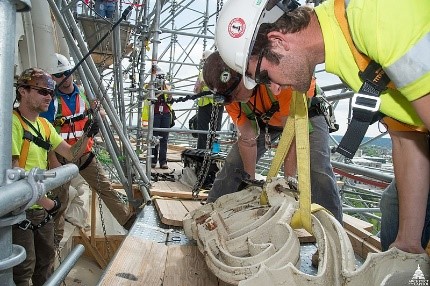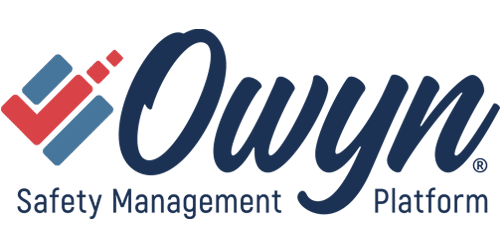OSHA Standards – Which Apply to Me
Problem: OSHA Standards—Which Apply to Me?
Your Problem: You want to provide a safe working environment for your employees—you really do! However, one look at OSHA’s website has you questioning where to even begin. “Employers must comply with all applicable OSHA standards,” it declares. But how is anyone supposed to know which standards are applicable?

Your Solution: First and foremost, all employers must also comply with the General Duty Clause of the OSH Act:
“Each employer shall furnish to each of his employees employment and a place of employment which are free from recognized hazards that are causing or are likely to cause death or serious physical harm to his employees.”

This means employers must:
1. Identify Recognized Hazards: These are hazards that are known in the industry, documented, or obvious in the workplace.
2. Prevent Harm: Take reasonable steps to eliminate or mitigate hazards that could cause death or serious physical harm.
3. Maintain Safe Work Conditions: Continuously ensure the workplace is free from dangers to employees’ health and safety.
To assist employers in their identification, prevention, and control of workplace hazards, OSHA standards establish clear requirements to ensure the safety and health of workers.
OSHA 1910 covers safety and health regulations for general industry (workplaces not involved in construction, maritime, or agriculture). Examples include manufacturing, warehousing, healthcare, retail, and office settings.
OSHA 1926 specifically regulates the construction industry, which includes work involving new construction, alterations, repairs, demolition, and related activities.

OSHA distinguishes between 1910 and 1926 standards because the nature of work hazards differs significantly between general industry and construction:
- Construction hazards are dynamic, evolving, and temporary, often requiring constant adjustments to safety measures.
- General industry hazards tend to be static and ongoing.

Make It Happen: For non-construction workplaces, such as manufacturing, warehousing, healthcare, retail, and offices, compliance is fairly straightforward: follow 1910 regulations. The goal of these standards is to protect workers from ongoing hazards like:
- Fires
- Machinery risks (e.g., machine guarding)
- Electrical hazards
- Hazardous chemicals (Hazard Communication)
- Slips, trips, and falls
However, if construction activities take place in a manufacturing plant, for example, 1926 regulations would apply to the construction activities.
For workplaces that involve construction activities—like building, altering, or repairing structures—OSHA 1926 standards are the primary set of regulations that apply. These regulations focus on dynamic hazards, such as
- Falls (a major priority in construction)
- Scaffolding safety
- Steel erection standards
- Excavation and trenching safety
- Ladder and stairway safety
- Heavy equipment operation

Nevertheless, construction workplaces can be subject to general industry 1910 standards under specific circumstances. These include:
- Situations Not Covered in 1926: If a particular hazard or situation is not specifically addressed in the construction standards (1926), OSHA may enforce the relevant 1910 general industry standard. Example: Noise exposure (hearing protection) is not comprehensively addressed in 1926, so OSHA may cite 1910.95 (General Industry – Occupational Noise Exposure).
- Equipment or Conditions Specific to General Industry: Construction sites often use machinery or systems that are also covered under 1910 standards. Example: If powered industrial trucks (forklifts) are used on a construction site, OSHA would enforce 1910.178 (Powered Industrial Trucks).
- Dual-Use Standards: Some standards apply equally to both general industry and construction. Examples: Hazard Communication (1910.1200) and Respiratory Protection (1910.134).
Next Steps: Use the information found in the OSHA standards relevant to your workplace to create a comprehensive safety program. Need help? Check out this article on how to get started.

